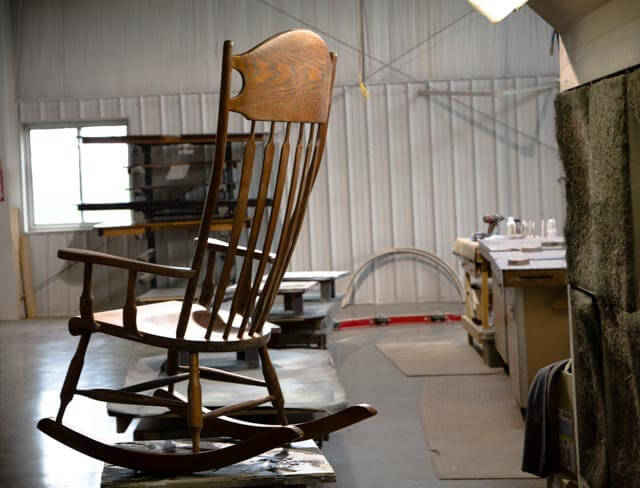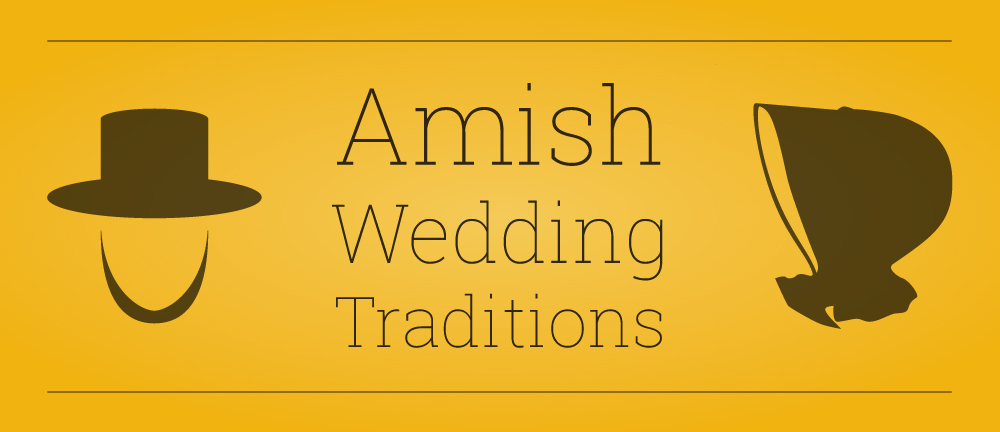
What the Amish Read
Ever wonder what the Amish read?
Always popular on Timber to Table, are our guest posts by Erik Wesner. Erik runs the Amish America website (www.amishamerica.com) and YouTube channel (https://www.youtube.com/c/AmishAmerica). Welcome back Erik!
Amish people tend to be big readers. This makes sense when you consider they generally don’t indulge in digital entertainment like most of the rest of us. Reading “dead-tree” sources like books and monthly publications not only fills Amish “down time,” it is also a way to acquire new and helpful information (not everyone Googles to find their answers, even in 2022).
And while the Bible is always going to be the most important book in Amish life, when it comes to other materials, Amish people read a lot of different things. Such as:
History books – Quite a few Amish appreciate history, in particular history related to their origins in Europe and ancestors in North America. Ancestry books outlining lines of descent are common in Amish homes, and provide a tangible link to the past and sense of identity in place and time. Additionally, some Amish are interested in general history as well, including topics like accounts of war or hardships under communism. Such reading helps foster an appreciation for how well we have things now.
Religious books – Most Amish homes will have a selection of religious books in addition to the Bible in both German (Martin Luther edition) and English (usually the King James version). Among others you’ll find prayer books, devotionals, and historical accounts of Anabaptist predecessors (The Martyrs Mirror). Some Amish read mainstream Christian religious authors also, as well as inspirational non-fiction stories.

Monthly family publications – Most Amish households subscribe to a variety of Amish-produced publications. Some of these are correspondence papers – like The Budget or Die Botschaft. They mainly consist of letters from “scribes” – local Amish writers who send in reports from their communities (local happenings, the weather, who visited for the latest church service, accidents and health issues, and so on). Others have regular columns and features – examples include The Connection or the long-running Family Life monthly, produced for over 50 years by Amish in Ontario. These publications offer a way to keep up on the news and stay connected with what’s happening in different places across Amish society, as well as have wholesome reading material which reinforces Amish values (especially in the case of Family Life).
The newspaper – Many Amish still read a classic paper-version newspaper to get their news. Amish in Lancaster County get the “LNP” paper, formed when two long-running local papers merged. Over a bowl of cereal at breakfast, Amish youth might check out how the Phillies are doing in the standings, or how the previous night’s Eagles game went. Amish also get news about politics and general national and world happenings from the good ole’ daily paper.
Business publications – With the growth of business and entrepreneurship among Amish, many read monthly publications such as the Plain Communities Business Exchange. This monthly provides articles advising on business topics and challenges, though the bulk of the publication is meant to facilitate business, consisting of various ads for many things an Amish person might need for their business or household (for example, buggy horses or tools). Some also read mainstream business books to improve their ability to manage employees or address another business challenge.
Fiction – Fiction is not approved of in all communities, but it has its appeal, and you will find fiction works in some Amish homes. You will even see books from the “Amish romance” genre, surprisingly popular in some places.
Amish church directories – Finally, while not strictly “reading” material, these guidebooks covering most Amish communities of size provide names and birthdates of church members and their families, along with maps, which might come in handy if you’re trying to locate the home of a community member holding church service or another event. Additionally, they may contain extra material like a history of a given settlement, or contact information for local Amish businesses.
This certainly doesn’t cover everything the Amish read, but it should give you a good idea. The above leaves out the fact that Amish children also love books, including some classic children’s books as well as Bible story books. Knowing that children are like sponges, Amish parents strive to provide wholesome reading material in their homes.
Visit Erik for more information about the Amish at the Amish America website (amishamerica.com) and YouTube channel (https://www.youtube.com/c/AmishAmerica)




